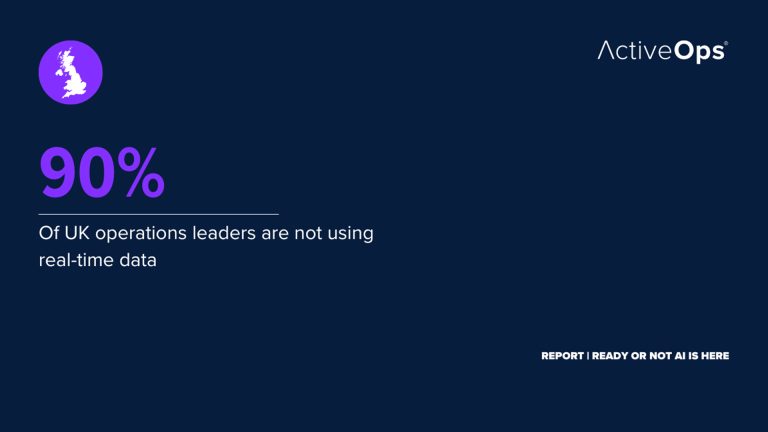In the modern banking landscape, speed and efficiency are not just desirable attributes—they are essential. The process of onboarding new customers can be a critical touchpoint that defines their relationship with the bank. A smooth, quick, and efficient onboarding process can set the stage for a long-lasting and positive customer relationship. Conversely, a cumbersome and slow process can result in customer frustration and attrition.
In this blog post, we will explore the importance of accelerating customer onboarding in banking, the challenges that banks face, and the strategies and technologies that can be deployed to enhance the onboarding experience.
The Importance of Speed in Customer Onboarding
First Impressions Matter
The onboarding process is the first significant interaction that a new customer has with a bank. This interaction sets the tone for future engagements. A seamless and quick onboarding process leaves a positive impression, making customers feel valued and respected. It signals that the bank is efficient and customer-centric, which can foster trust and loyalty.
Competitive Advantage
In a highly competitive industry, banks that can onboard customers quickly have a distinct advantage. Customers today have high expectations and limited patience. If one bank’s onboarding process is too slow, they can easily turn to a competitor offering a faster and more efficient experience. Therefore, speed in onboarding can be a key differentiator.
Enhanced Customer Experience
A streamlined onboarding process enhances the overall customer experience. It reduces friction and makes it easier for customers to access the bank’s products and services. This improved experience can lead to higher customer satisfaction, increased engagement, and a greater likelihood of cross-selling and upselling opportunities.
Challenges in Customer Onboarding
While the benefits of a fast and efficient onboarding process are clear, achieving this can be challenging. Here are some of the common obstacles banks face:
Regulatory Compliance
Banks operate in a highly regulated environment. Compliance with Know Your Customer (KYC) and Anti-Money Laundering (AML) regulations is mandatory, and these requirements can complicate the onboarding process. Collecting and verifying the necessary documentation to meet regulatory standards can be time-consuming.
Legacy Systems
Many banks still rely on outdated legacy systems that are not designed for today’s digital-first world. These systems can be inflexible and slow, making it difficult to implement the streamlined and automated processes needed for quick onboarding.
Data Integration
Customer onboarding often involves collecting data from multiple sources and systems. Integrating this data can be complex, especially if the bank’s systems are not well-connected or if data quality issues exist.
Security Concerns
Ensuring the security of customer information is paramount. However, robust security measures can sometimes add friction to the onboarding process, potentially slowing it down.
Strategies for Accelerating Customer Onboarding
Despite these challenges, there are several strategies that banks can adopt to accelerate the onboarding process without compromising on security or compliance.
Digital Transformation
Embracing digital transformation is crucial. By adopting modern, cloud-based platforms and technologies, banks can create a more agile and responsive onboarding process. Digital tools can automate many of the manual tasks involved in onboarding, reducing the time and effort required.
KYC Automation
Automating the KYC process can significantly speed up onboarding. Advanced technologies like artificial intelligence (AI) and machine learning (ML) can quickly and accurately verify customer identities and detect potential risks. This automation reduces the need for manual intervention and speeds up the verification process.
Mobile Onboarding
Offering mobile onboarding options allows customers to complete the process from their smartphones or tablets. Mobile-friendly interfaces and apps make it convenient for customers to submit documents, fill in forms, and provide necessary information on the go.
Seamless Integration
Investing in systems that facilitate seamless data integration is essential. Banks should aim to create a unified view of the customer by integrating data from various sources. This integration can streamline the onboarding process, as information can be easily accessed and verified in real-time.
Enhanced Security Measures
Leveraging advanced security technologies can help strike a balance between speed and security. Biometric authentication, for example, can quickly and securely verify customer identities. Additionally, using encryption and secure data storage practices can protect customer information without adding significant delays to the onboarding process.
Customer-Centric Design
Designing the onboarding process with the customer in mind is crucial. Simplifying forms, providing clear instructions, and offering assistance through chatbots or live support can enhance the customer experience. Gathering feedback from customers can also help banks identify pain points and continuously improve the onboarding process.
The Future of Customer Onboarding in Banking
As technology continues to advance, the future of customer onboarding in banking looks promising. Here are some trends to watch:
AI and Machine Learning
AI and ML will play an increasingly important role in onboarding. These technologies can analyze vast amounts of data to identify patterns and make real-time decisions, further enhancing the speed and accuracy of onboarding processes.
Blockchain
Blockchain technology has the potential to revolutionize KYC processes by creating secure and immutable digital identities. This can streamline the verification process and reduce the need for repetitive documentation.
Personalization
Personalization will become a key focus. Banks will leverage data and analytics to tailor the onboarding experience to individual customers, making it more relevant and engaging.
Omnichannel Integration
Customers expect a seamless experience across all channels. Banks will need to ensure that their onboarding processes are consistent and integrated, whether customers are interacting online, via mobile, or in-person.
Conclusion
Accelerating customer onboarding in banking is not just about speed—it’s about creating a positive and efficient experience that sets the foundation for a long-term relationship. By embracing digital transformation, automating KYC processes, offering mobile onboarding, and prioritizing security and customer-centric design, banks can achieve this goal.
The journey to efficient onboarding may present challenges, but the rewards are well worth the effort. As technology continues to evolve, banks that stay ahead of the curve and continuously innovate their onboarding processes will gain a competitive edge and build stronger customer relationships.
























